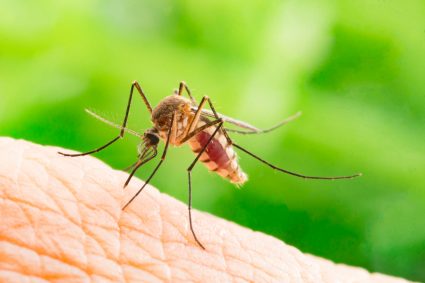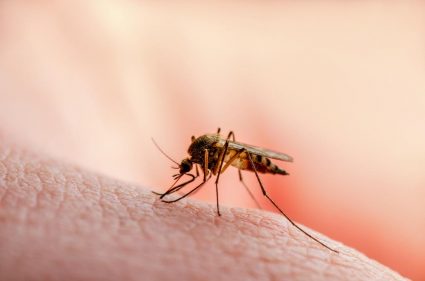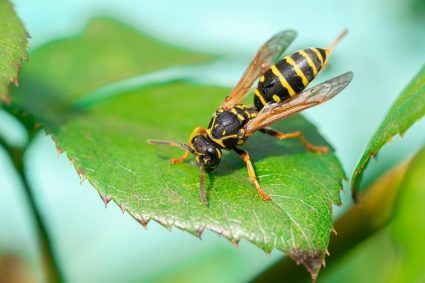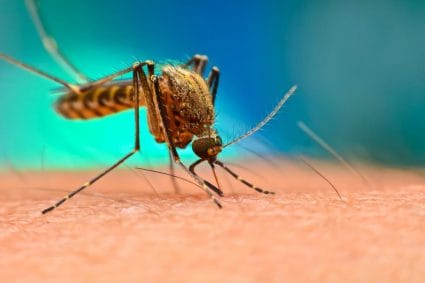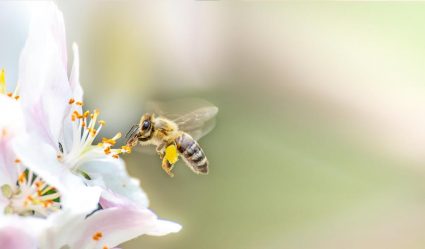
Nothing beats spending a day with your kids carving pumpkins to create your Jack-o-Lanterns for Halloween.
It’s one of those moments when you can unleash your creativity and carve the spookiest pumpkin face to display during trick or treat.
But when you’re about to check how your Jack-o-Lantern looks on your porch, you notice it decomposing and being invaded by bugs — not how you pictured your Halloween would be.
While pest decorations like spiders and roaches can make your house look creepier, we want the fake ones, not real creepy crawlies that can invade your entire home and cause serious damage.
To further enlighten you about bugs and their attraction to Jack-o-Lanterns, we’ll tackle the following in this guide:
- What a pumpkin’s anatomy looks like
- What makes Jack-o-Lanterns attractive to bugs
- Effective hacks to keep them out of your carved pumpkins
From choosing the freshest ones to using artificial lights to light them out, we’ve got everything you need to enjoy your Halloween season.
A pumpkin’s insides may be tempting for bugs to invade and feed on, but you’re smarter. And after reading this guide, you’re on your way to creating a bug-free Jack-o-Lantern with your kids.
A Pumpkin’s Anatomy Defined
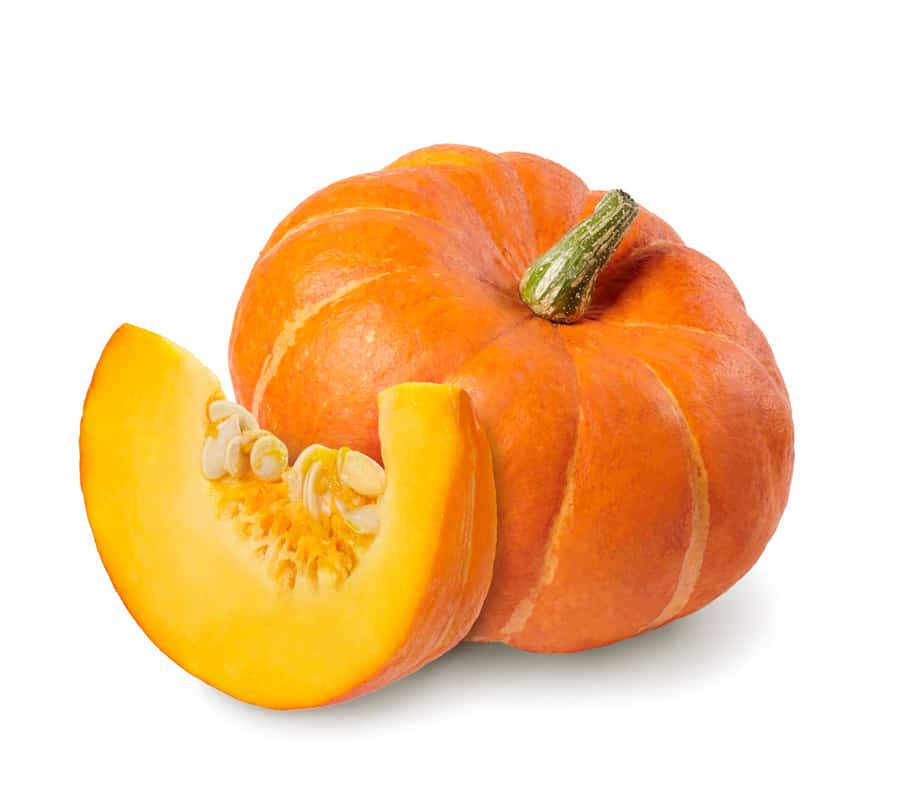
If you want to preserve your Jack-o-Lantern as long as possible, you should understand how and why pumpkins rot.
If you look at a pumpkin, notice its outer layer. This resembles human skin and acts to protect the pumpkin. When something pierces through your skin, infections become common due to bacteria or viruses. It’s the same for pumpkins.
Once you start carving your pumpkin using a sharp object, you expose the insides of the vegetable. This makes it more vulnerable to fungi, molds, insects, and bacteria.
All these microorganisms make the pumpkin even more susceptible to decomposition. And once the pumpkin starts decomposing, the insides become mushy and soft, which makes it easier for pests like bugs to feed on.
Aside from piercing the pumpkin, oxygenation is also a factor that can make your pumpkin rot. There’s also dehydration that can make your Jack-o-Lantern look withered or shriveled.
Why Bugs Are Attracted to Jack-O-Lanterns

A board-certified entomologist, Nancy Troyano, mentioned that most insects, especially fruit flies, are fond of any decaying organic matter.
It serves as their potential food source, which allows them to survive. Bugs can also breed on decaying organic matter because it’s potential food they can feed their young when the eggs hatch.
Once you cut your pumpkin open, it starts biodegrading. And this is pretty attractive to bugs and insects.
Generally, this is good because these pests are contributing to ensuring the planet remains healthy. Bugs recycle decaying organic matter, which is plant material. Otherwise, rotting plants will start to dominate our environments.
7 Tips To Keep Bugs Out of Your Jack-o-Lantern
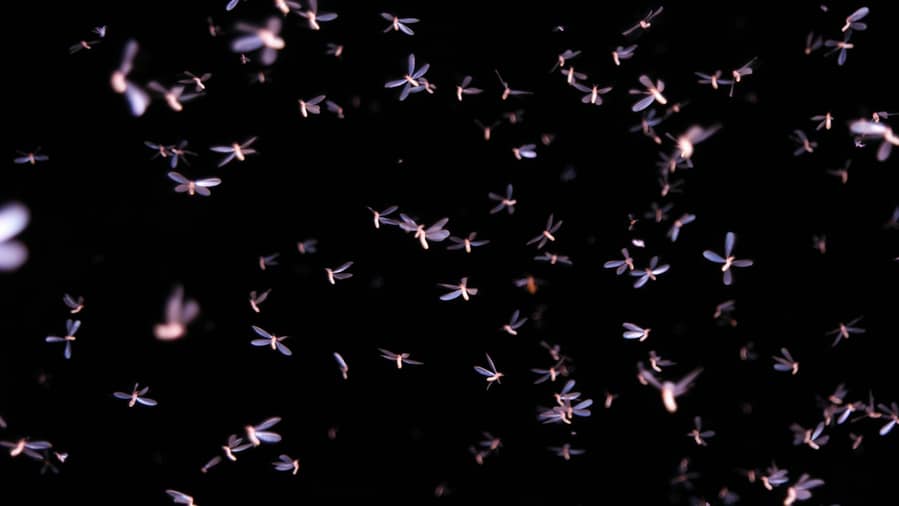
The fascinating truth is you can seek preventive measures to keep bugs out of your Jack-o-Lanterns.
If you follow our effective tips, you can guarantee that your carved pumpkins stay spooky during Halloween.
1. Choose a Firm and Fresh Pumpkin
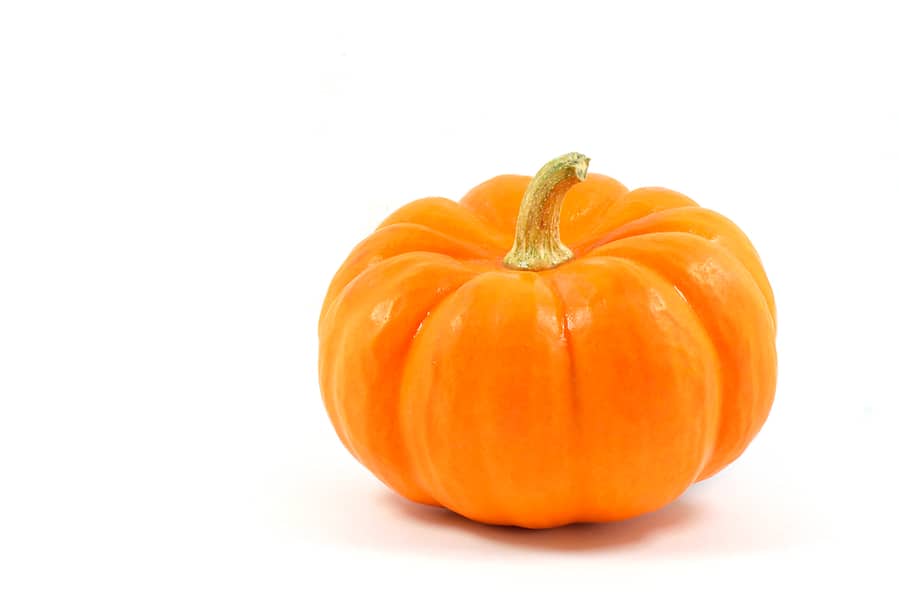
The pumpkin you choose is essential in determining whether bugs are likely to invade it. When looking for one, we recommend getting an under-ripe pumpkin with no bruises, bumps, or blemishes.
The vegetable should be fresh and firm, and you should not be able to press any soft spots. You know it’s fresh when it’s deep orange and the stem is bright green.
If a pumpkin has holes, frost damage, or wounds, we suggest looking for another option. These are potential entry points where it’s easily accessible by bugs and insects.
2. Remove All Pumpkin Guts
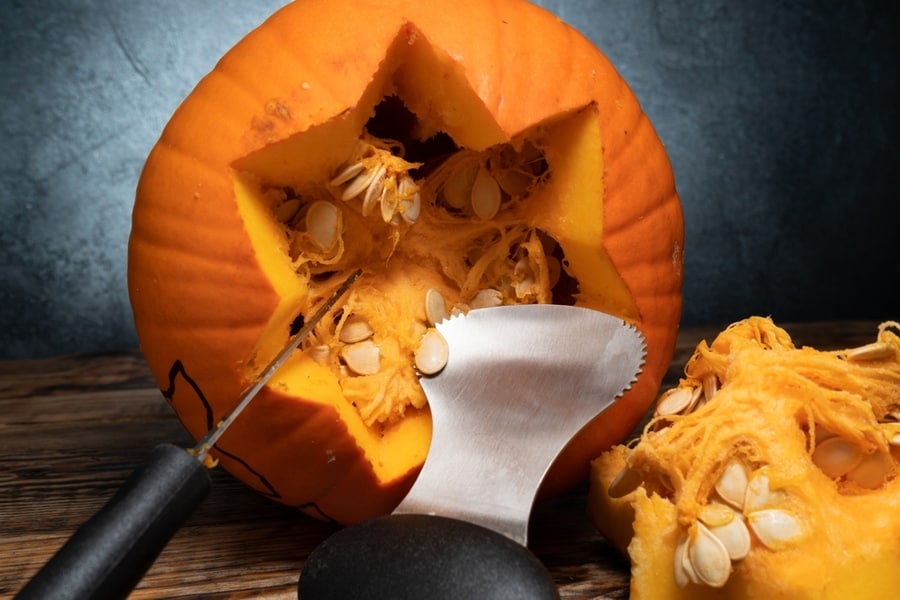
As you begin carving the pumpkin, you should remove all its guts. This prevents bugs and other pests from invading it once you display it outside. If you let the vegetable’s pulp remain, it can become attractive to flies, squirrels, birds, and even deer.
Why is that? According to the National Wildlife Federation, pumpkin seeds inside the pulp and flesh are attractive to most animals. Carving the pumpkin means exposing the pulp area, which can also decompose the pumpkin faster.
Before starting to carve exactly the design of your pumpkin’s face, pull out the seeds and stringy fibers. Remove as much as possible using a spoon while gently scraping against the pumpkin’s interior walls.
This does not only remove the pulp; it also makes sure the pumpkin’s inside is clean to prevent bugs from swarming around your vegetable.
3. Learn To Wait

We know carving pumpkins for Halloween is exciting, but you should be patient.
The best time to start carving is at least one to two weeks before the holidays.
This prevents your pumpkins from decaying easily, keeping the bugs at bay.
Remember that once your pumpkins are carved, they become more susceptible to decaying and decomposing.
4. Apply Bleach Spray
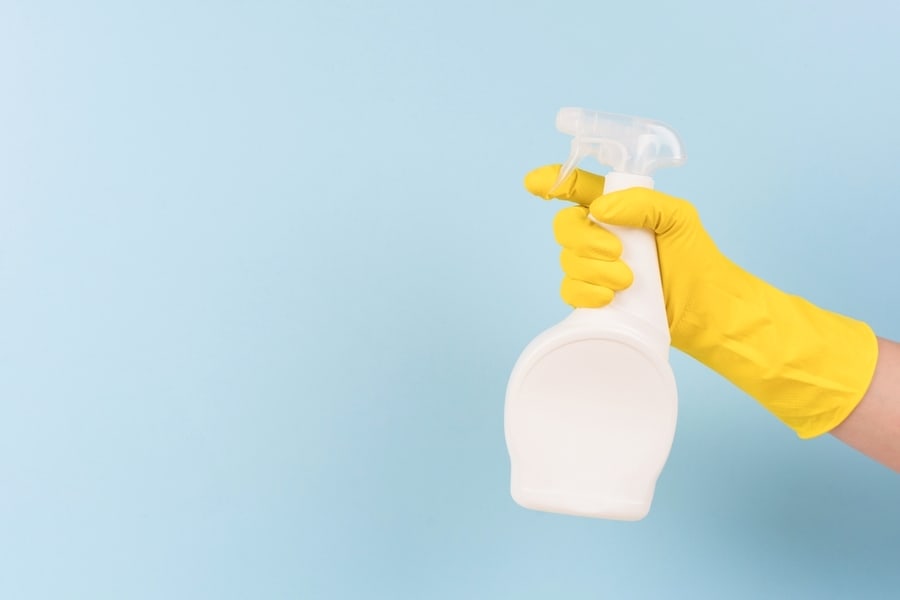
A little help from bleach won’t hurt. This chemical substance has proven effective against bugs because of its pungent smell.
If you’re worried about bleach’s toxicity, don’t be. A diluted bleach solution only transforms into table salt when you leave it under the sun. This won’t kill or harm any pests in any way.
Worst case scenario? Your pumpkin becomes too salty for the bugs to enjoy.
A diluted bleach solution is easy to make: mix a teaspoon of bleach and a gallon of water. Use a spray bottle to apply the solution to your carved pumpkin’s insides.
What does bleach do? It slows down the pumpkin’s decomposition, especially its pulp. It will also help prolong your Jack-o-Lantern’s life.
5. Place a Citronella Candle Inside the Pumpkin
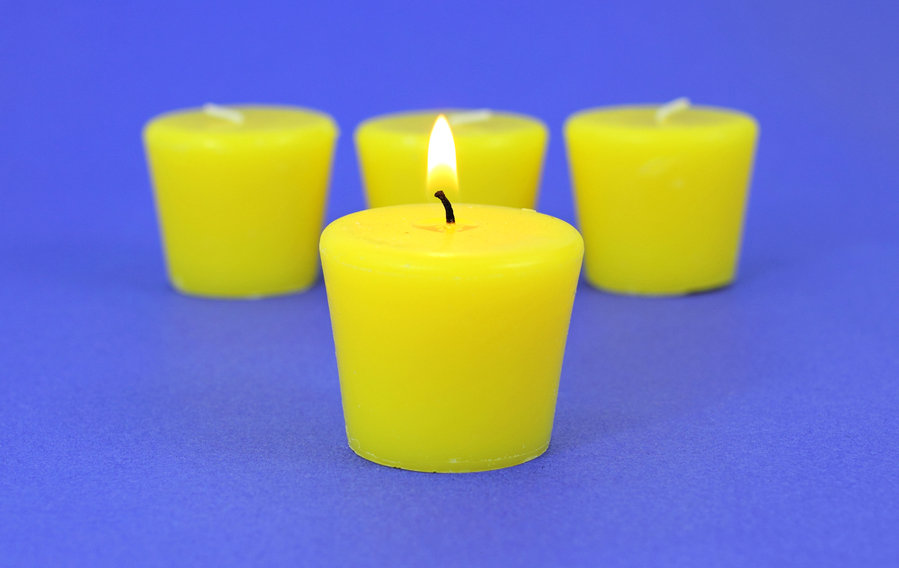
Placing candles inside a Jack-o-Lantern is common, making your pumpkins look even spookier at night. If you’re doing this, we recommend using a citronella candle instead of a battery-operated or a tea-light candle.
Using a citronella candle does not mean you need to carve your pumpkin using a different method. Plus, there’s nothing wrong with using bleach solutions and spraying them inside the pumpkin.
Citronella candles can help keep bugs and flies at bay by covering the smell of the pumpkin’s exposed pulp. However, you should know that these come with a downside.
Citronella candles will only work against bugs if they are lit up. After turning the flame off, insects can start going inside your pumpkin and eating its pulp.
Plus, leaving citronella candles on forever is also not the best solution. Citronella oil can be toxic to most cats and dogs. And when they accidentally ingest them, your pets can experience diarrhea or vomiting.
6. Cover Your Pumpkin With Lemon Spray
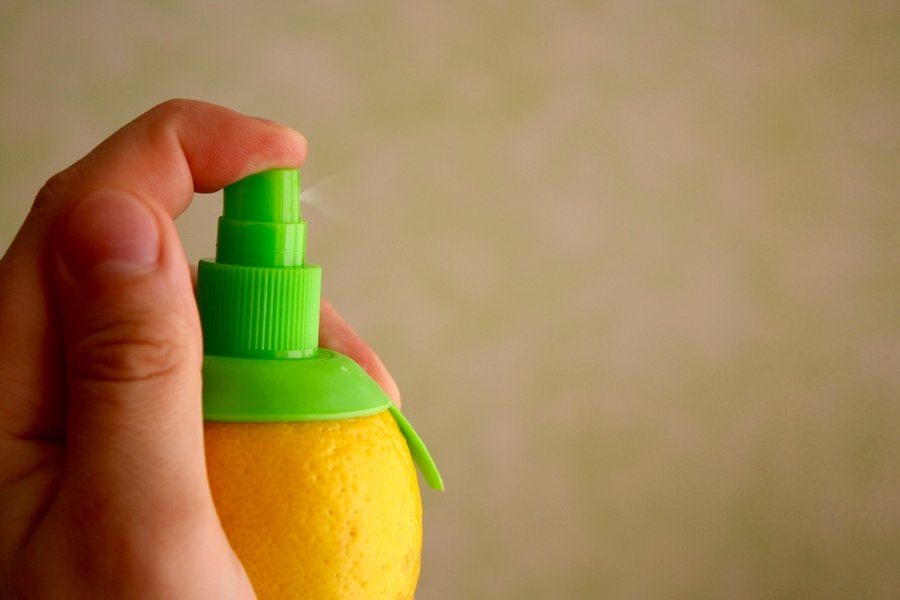
Aside from protecting the insides, you must also protect the pumpkin’s outer layer. And the best way to do this is by using a lemon spray.
Lemons are one of the most useful fruits with natural preventive substances that can work in repelling bugs. Moreover, most pests and flies don’t like the smell and taste of citrus fruits because of their acidity.
Aside from preventing bugs from going near your Jack-o-Lanterns, the lemon can also slow down your vegetable’s rotting because of the fruit’s enzymes.
Creating a lemon spray is easy, and there are two possible recipes you can follow:
- Mix a teaspoon of lemon, two tablespoons of white vinegar, and a quart of water.
- Mix equal parts of water and lemon juice.
You can pour the mixture into a spray bottle and spray the entire outer covering of your pumpkin before displaying it outdoors.
7. Avoid the Sun
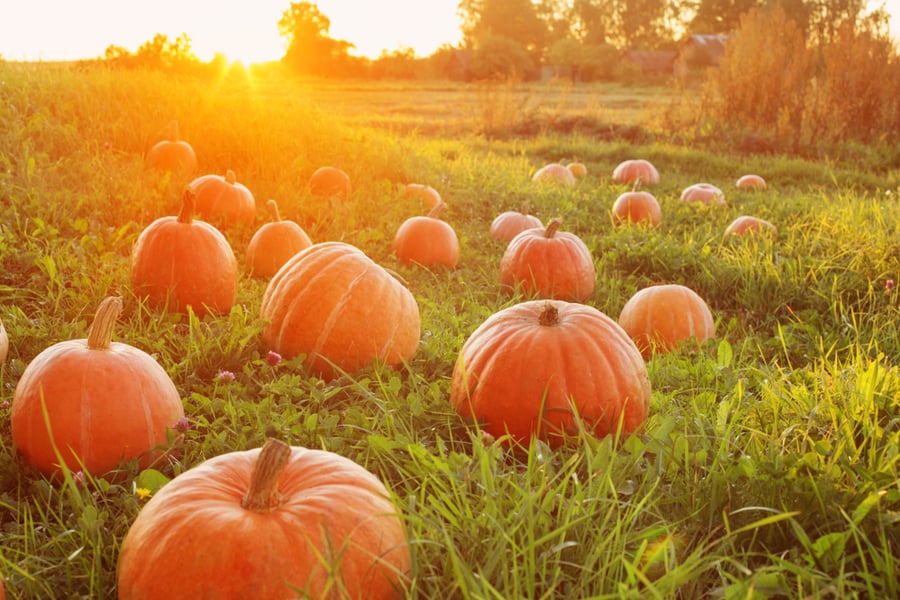
The sun’s UV rays and heat can easily affect your pumpkin’s life.
To preserve the vegetable’s healthy and clean state, you must prevent your Jack-o-Lantern from breaking down fast. And you can do this by avoiding the sun. Display your pumpkin in covered areas where the sun won’t hit your pumpkin.
And when it gets really warm during noontime, we recommend placing the pumpkins inside the refrigerator. Pumpkins are safe to be placed inside your refrigerator for at most 10 days.
Other Tips To Make Your Jack-O-Lanterns Stay Longer

There are other ways to ensure your pumpkins stay alive during Halloween. Our tried and tested tips are listed below:
- Spray the interiors with a teaspoon of peppermint oil. Peppermint is effective in slowing down the pumpkin’s decomposition.
- Apply olive oil or petroleum jelly on the pumpkin’s cut surfaces to prevent fast dehydration.
- Anti-humidity products or hairspray can also be applied on the cut surfaces to prevent dehydration.
Make the Spookiest Bug-Free Jack-o-Lantern

It’s always fun to carve your pumpkins and create unique Jack-o-Lantern faces, and you don’t want to ruin this with the invasion of bugs and other pests.
Bugs are attracted to carved pumpkins because the pulps are exposed, which can also speed up decay and decomposition.
Always choose the firmest and freshest pumpkin to keep bugs at bay. Don’t forget to remove the vegetable’s guts and apply bleach spray on the pumpkin’s inside walls.
You can also prolong its life while repelling bugs by applying a lemon spray on the vegetable’s exterior covering.
And finally, you need to keep your Jack-o-Lantern as hidden from the sun as possible to prevent speeding up its rotting.
Frequently Asked Questions
Can Jack-O-Lanterns Attract Roaches?
Roaches are one of the most common pests that are attracted to Jack-o-Lanterns. Because carved pumpkins have mushy and moist insides, this can attract roaches and make the pumpkins inside their breeding grounds.
Can Vinegar Work Against Bugs?
While vinegar is not the best solution against bugs and other pests, it can slow down the pumpkin’s rotting and decomposition. Regardless of whether the pumpkin is carved or uncarved, vinegar reduces the oxygenation rate and makes your pumpkin last longer.



